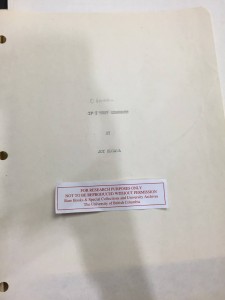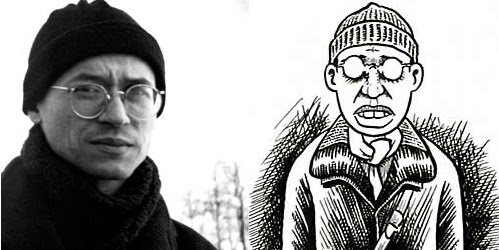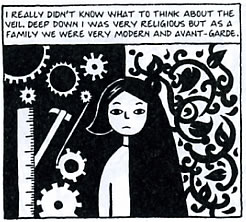Hello readers! In class we have been going over Peter Morey’s essay over in class recently. The essay brings up many fascinating points and key concepts that, when applied to the narrative The Reluctant Fundamentalist written by Mohsim Hamid, allows us to view the book and its characters in new ways.
One example is that of Erica, whom Morey analyzes extensively within his essay. He points out the symbolism of Erica’s character, being a representation for America. This, he argues, is especially true when Erica symbolizes America in the aftermath of the 9/11 terrorist attacks, where America/Erica’s reliance on the past creates a concerning, even dangerous, state of being for them both (140). America in its revival of World War II spirit and Erica in her inability to move on from her late boyfriend Chris, both of these conditions causing them both to slowly wither away from their former glory in, at least, Changez’s point of view.
However, I find Morey’s passing comment of Chris also symbolising something to be of more interest, and wish to further explore it. Morey has likened Chris to the Jesus Christ (140) in which (Am)Erica becomes increasingly fixated on and unable to let go. Morey describes how Erica’s fixation on Chris is like that of a religious practitioner to their faith, citing quotes from the book that have religious connotations like “devout” (140).
I am curious, though, as to why Hamid had made it so that Chris is dead due to lung cancer. If he truly did symbolise Christ as Morey suggests, then surely Chris would have died from something far more suited to such a figure? Perhaps with something that wasn’t lung cancer, as it holds the implications that those who have lung cancer were habitual smokers (and thus are often blamed for causing their illness themselves).
In the book, Erica said that Chris had never smoked a cigarette before he was diagnosed (28), yet Hamid chose to give him lung cancer. Such things can happen of course, but there is still the assumption that lung cancer is caused by smoking. Knowing the connotations that this form of cancer holds, why did Hamid choose to diagnose Chris with it?
Work Cited:
Morey, Peter. “‘The rules of the game have changed’: Mohsin Hamid’s The Reluctant
Fundamentalist and post-9/11 fiction.” Journal of Postcolonial Writing 47.2 (2011):
135-146. Print.


